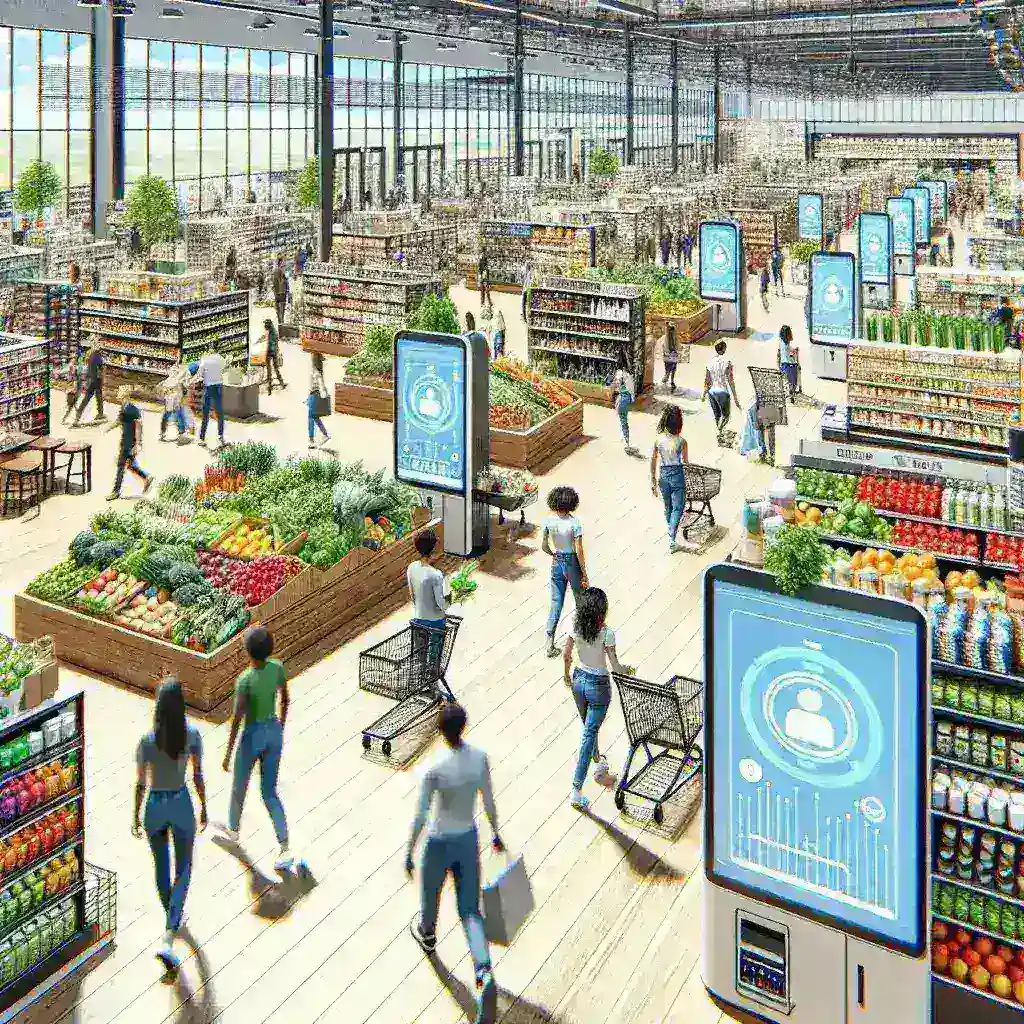Introduction
In a bold move aimed at revolutionizing the shopping experience for students, Walmart has launched its cashierless micro-stores on various college campuses across the United States. This innovative approach not only caters to the fast-paced lifestyle of students but also integrates cutting-edge technology into daily shopping routines. The micro-stores are designed to offer a seamless shopping experience while aligning with Walmart’s goal of enhancing accessibility and convenience.
The Concept of Cashierless Micro-Stores
The cashierless model utilized by Walmart is an extension of the self-checkout technology that has gained popularity in retail environments. However, these micro-stores take the concept a step further by eliminating traditional checkout lines altogether. Instead, customers can simply enter the store, grab the items they wish to purchase, and exit without ever interacting with a cashier.
How It Works
Using advanced technology such as computer vision, machine learning, and smartphone apps, Walmart’s micro-stores track the items customers choose as they move through the store. The system automatically charges the shopper’s payment method upon exit, streamlining the entire transaction process. This not only saves time but also allows for a more engaging shopping experience.
Benefits of Cashierless Micro-Stores
1. Convenience
For college students juggling classes, assignments, and social activities, convenience is key. The ability to quickly grab snacks, drinks, or personal items between classes without waiting in line is a significant advantage. Walmart’s cashierless micro-stores cater to this need, allowing students to make quick purchases on the go.
2. Enhanced Shopping Experience
The use of technology enhances the overall shopping experience. With a focus on user-friendly interactions, students can navigate the micro-stores easily. The integration of mobile apps ensures that shoppers are informed about promotions and can quickly locate items within the store.
3. Cost-Effective
Walmart aims to keep prices low, and this innovative store format helps achieve that goal. By reducing the need for staff and minimizing operational costs, Walmart can pass savings on to consumers, making it a budget-friendly shopping option for students.
Challenges and Considerations
1. Technology Dependence
While the cashierless model offers numerous benefits, it is also heavily reliant on technology. Issues such as app malfunctions or connectivity problems could disrupt the shopping experience, leading to frustrations for consumers.
2. Privacy Concerns
With the collection of data through user apps and store tracking systems, privacy concerns may arise. Consumers may be wary of how their data is being used and shared, which could affect their willingness to engage with the technology.
3. Accessibility Issues
Not all students may have access to smartphones or the necessary technology to utilize the cashierless system. Ensuring that the stores remain accessible to all students, regardless of their tech-savviness, is crucial for Walmart’s success.
Future Predictions
The introduction of cashierless micro-stores is just the beginning. As technology continues to advance, we can expect to see a wider rollout of similar concepts across various retail sectors. The success of Walmart’s initiative could inspire other retailers to adopt similar models, ultimately changing the landscape of shopping in urban and college environments.
Increased Adoption of AI and Automation
As consumers become more accustomed to quick and efficient shopping experiences, the demand for AI-driven retail solutions will likely grow. Walmart’s move could lead to increased investment in technology, resulting in further innovations in the retail sector.
Cultural Relevance
Walmart’s cashierless micro-stores resonate with the cultural shift towards convenience and speed in consumer behavior. As society becomes increasingly reliant on technology, these stores reflect the evolving expectations of younger generations, who value efficiency and tech-savviness in their daily lives.
Real Examples
Several college campuses have already begun integrating these micro-stores, with initial reports indicating positive feedback from students. For instance, at the University of Arkansas, students have embraced the concept, noting the ease of access and the modern shopping experience.
Conclusion
Walmart’s launch of cashierless micro-stores on U.S. college campuses marks a significant milestone in the evolution of retail. By prioritizing convenience, leveraging technology, and catering to the unique needs of students, Walmart is not only reshaping the shopping experience but also setting a new standard for how retail can operate in the future. As this model gains traction, it could pave the way for a more efficient, tech-oriented approach to shopping that aligns with the demands of modern consumers.

